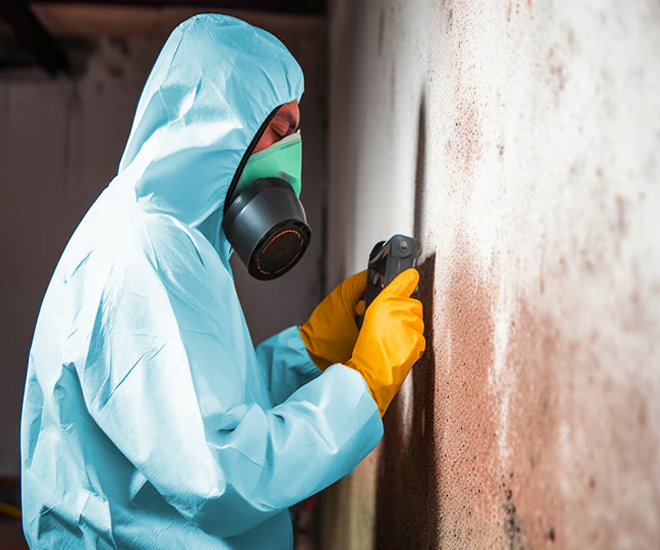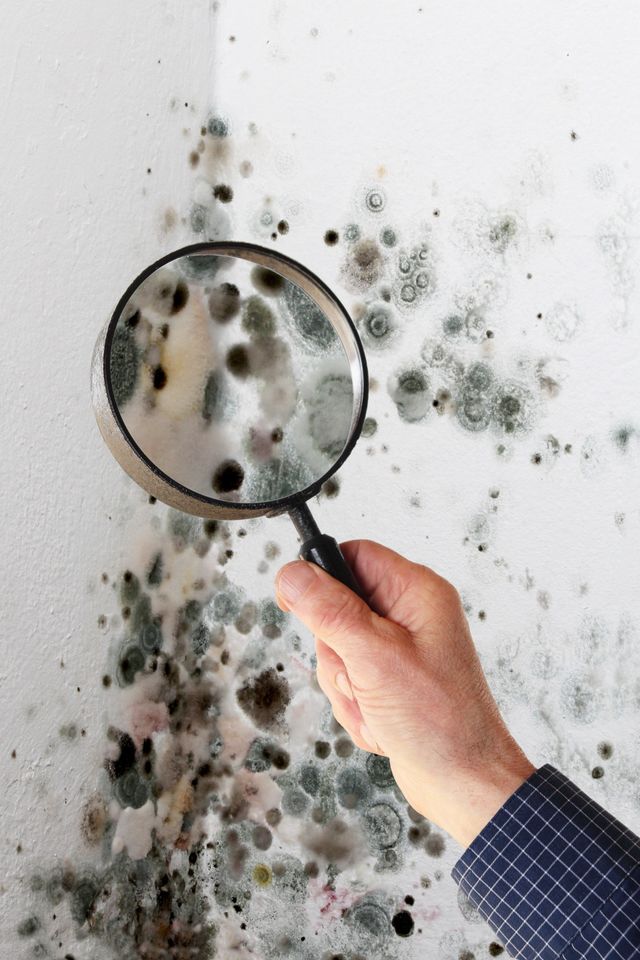Your Ultimate Guide to Message Mold Remediation Strategies
Navigating the world of post-mold remediation methods is a careful process that demands attention to detail and a thorough understanding of the ins and outs included. In the results of mold and mildew infestation, recognizing how to effectively eliminate the mold and prevent its reoccurrence is extremely important for maintaining a healthy interior environment. From picking the appropriate cleansing and decontaminating approaches to applying methods for long-term mold and mildew avoidance, each step in the removal journey plays an essential duty in guaranteeing an effective outcome. As we begin on this exploration of post-mold remediation strategies, we will certainly discover the essential strategies and ideal practices that can assist you recover your space to its pre-mold problem and secure it against future mold hazards.
Understanding Post-Mold Removal Process
After finishing the mold and mildew removal process, it is critical to recognize the post-mold remediation techniques that are required to ensure a comprehensive and effective clean-up. When the mold and mildew has been gotten rid of, the next action includes cleaning and sanitizing the influenced locations to avoid any kind of regrowth of mold and mildew. This includes making use of specialized cleaning up agents to clean down surface areas and eliminate any remaining mold and mildew spores. It is vital to dry the area completely to discourage the growth of mold in the future (After mold remediation). Correct air flow and dehumidification can aid in this process.
Moreover, performing a final examination post-remediation is vital to guarantee that all mold and mildew has actually been efficiently gotten rid of. If the inspection reveals any remaining mold, extra removal may be essential.
Effective Cleaning and Sanitizing Methods

Preventing Future Mold And Mildew Development

Importance of Appropriate Air Flow
Proper air flow plays a vital duty in stopping wetness build-up, a crucial consider mold and go to my blog mildew development within indoor settings. Reliable air flow systems aid eliminate excess humidity from the air, read more lowering the opportunities of mold spores locating the wetness they require to sprout and spread out. Without appropriate ventilation, interior areas can become a breeding place for mold, bring about prospective health and wellness threats and structural damage.
By making sure proper air circulation, air flow systems can additionally help in drying wet areas more swiftly after water damages or flooding incidents, additionally discouraging mold and mildew growth. Post Mold Remediation. In areas like washrooms, attics, basements, and kitchens where moisture degrees often tend to be higher, mounting and maintaining effective air flow systems is crucial in preventing mold and mildew infestations

Monitoring and Upkeep Tips
Offered the essential function that proper air flow plays in stopping mold and mildew growth, it is crucial to establish reliable tracking and maintenance pointers to make certain the continued functionality of air flow systems. Routine inspections of ventilation systems must be conducted to look for any type of indicators of obstructions, leakages, or malfunctions that could impede proper airflow. Monitoring humidity degrees within the property is also important, discover this info here as high moisture can add to mold and mildew growth. Setting up a hygrometer can help track moisture levels and alert homeowners to any type of spikes that might need focus. Furthermore, ensuring that air filters are on a regular basis cleaned or replaced is important for preserving the effectiveness of the air flow system. Applying a schedule for regular upkeep tasks, such as air duct cleaning and HVAC system assessments, can aid avoid problems prior to they escalate. By remaining mindful and aggressive to the problem of ventilation systems, homeowner can successfully minimize the risk of mold regrowth and preserve a healthy and balanced interior setting.
Conclusion
Finally, post-mold removal strategies are crucial for ensuring a tidy and risk-free environment. Recognizing the procedure, carrying out efficient cleaning and decontaminating approaches, stopping future mold development, preserving correct ventilation, and normal surveillance are all critical actions in the remediation procedure. By following these standards, you can successfully remove mold and mildew and prevent its return, functioning or advertising a healthy and balanced living room for all owners.
In the results of mold problem, knowing just how to properly eliminate the mold and mildew and prevent its reoccurrence is paramount for maintaining a healthy indoor atmosphere. Once the mold and mildew has been removed, the following step involves cleaning and decontaminating the impacted locations to avoid any regrowth of mold and mildew - Post Remediation verification. After getting rid of visible mold growth, it is essential to cleanse all surface areas in the affected area to get rid of any kind of staying mold and mildew spores. To further improve mold avoidance measures, it is necessary to address underlying issues that at first led to mold and mildew growth.Offered the crucial duty that correct ventilation plays in avoiding mold growth, it is imperative to establish effective monitoring and maintenance suggestions to make certain the ongoing functionality of air flow systems